Your plants aren’t dying overnight—but something’s not right. The leaves are duller, the growth is slower, and that once-vibrant green is fading. At Plantisima, znamo koliko frustrirajuće može biti kada biljke polako propadaju, a vi ne znate zašto. Često nije riječ o jednoj velikoj pogrešci, već o malim, svakodnevnim navikama koje naizgled djeluju bezopasno.
In this article, we’ll walk you through 15 common, sneaky mistakes that could be slowly killing your plants, even if you think you’re doing everything right. From the wrong potting mix to misplaced lighting, over-loving with water to ignoring subtle warning signs—these silent plant killers are more common than you think. But don’t worry: for every mistake, we’ve got an easy, actionable fix.
To our Plantisima readers who love their plants but feel like they’re missing something—this guide is your wake-up call. Because once you know what to look for, you can break bad habits and help your greenery bounce back stronger than ever.
Overwatering
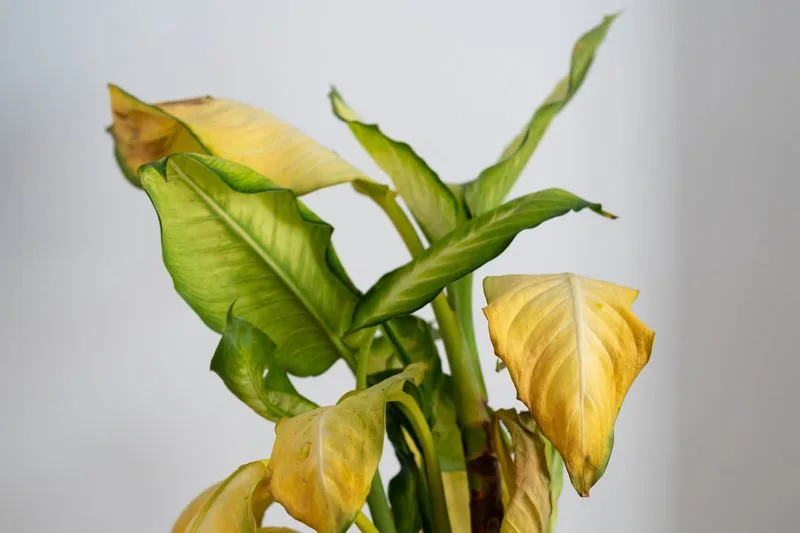
Ever thought you might be drowning your plants with too much love? Overwatering is the number one plant killer. Excessive waterlogged soil leads to root rot, depriving roots of oxygen. This is akin to suffocating your beloved green companions. Plants like succulents and cacti are especially vulnerable to this error. They prefer drier conditions.
To avoid this, check the topsoil before watering again. If it’s still moist, hold off. Remember, different plants have unique water requirements. So, make sure to do your research on specific plant needs to keep them healthy.
Underwatering

Have you ever ignored your plant’s thirst cries? Many plant owners do. Underwatering causes plants to become frail and lifeless. When the soil is too dry, it can’t deliver essential nutrients to the plant roots, leading to a gradual decline in plant health.
Some plants, like ferns, require constant moisture to thrive. Keep an eye on the soil moisture level. A simple touch test can help: if the top inch of soil is dry, it’s time to water. Consistency in watering is key to preventing dehydration.
Incorrect Light Levels
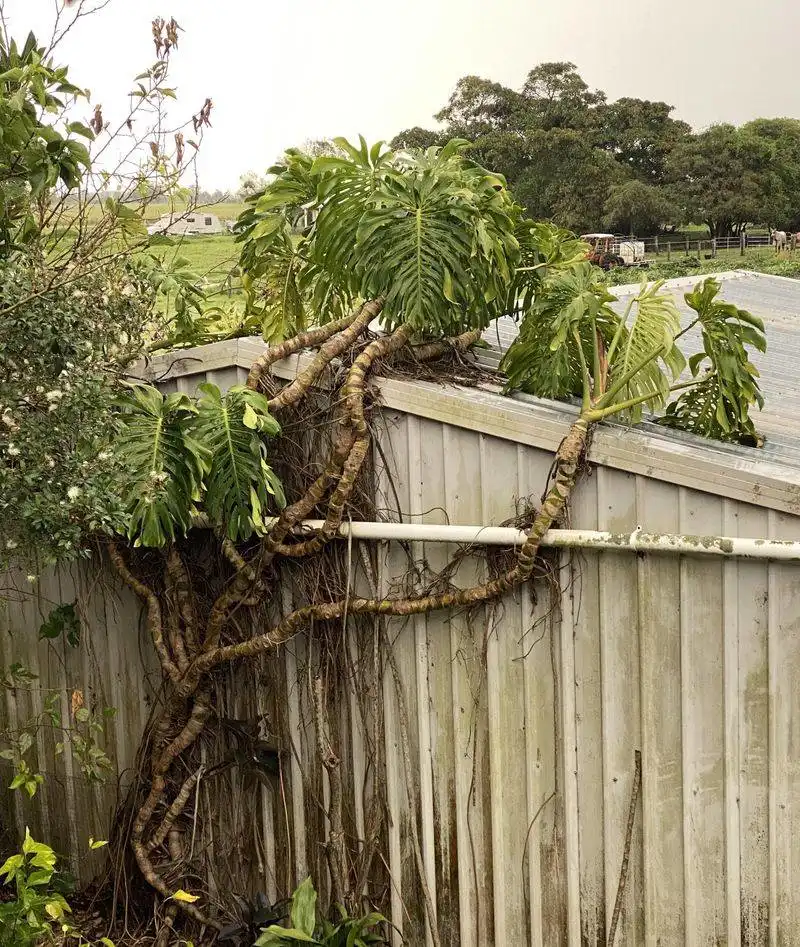
Are your plants wilting despite regular care? Incorrect lighting might be the culprit. Too much sun can scorch delicate leaves, while too little light leads to leggy, weak plants. Each species has its preferred light conditions. For instance, succulents thrive in bright, direct sunlight, while snake plants prefer indirect light.
Position your plants according to their light needs. If your plant seems unhappy, relocating it might be the solution. Use available resources to understand the specific light requirements of your plants.
Poor Soil Quality
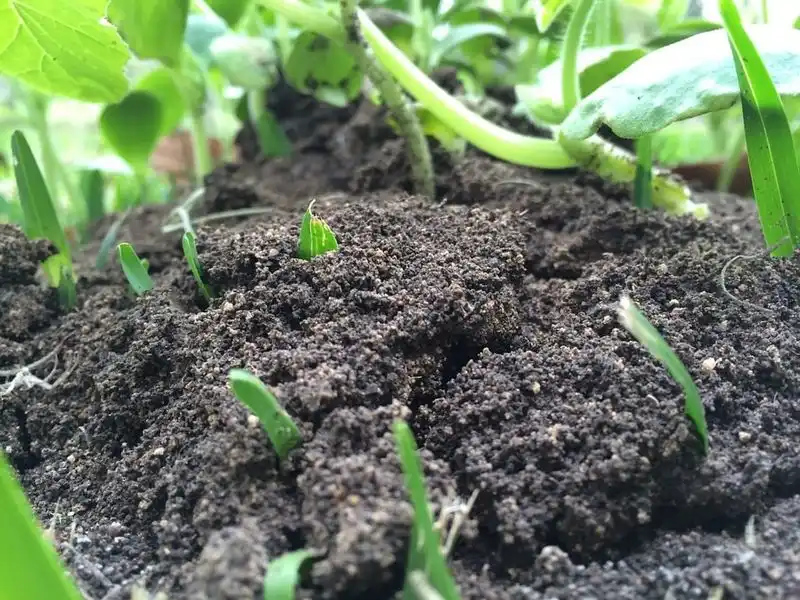
Ever considered the quality of your plant’s home? Poor soil can spell disaster for plant health. Nutrient-deficient or compacted soil restricts root growth and limits nutrient uptake. This can be detrimental to plant vitality.
To improve soil quality, choose a suitable potting mix based on your plant’s needs. Adding organic material like compost also enhances soil structure and fertility. Regularly refreshing the soil can promote healthier growth and a more vibrant plant life.
Improper Pot Size
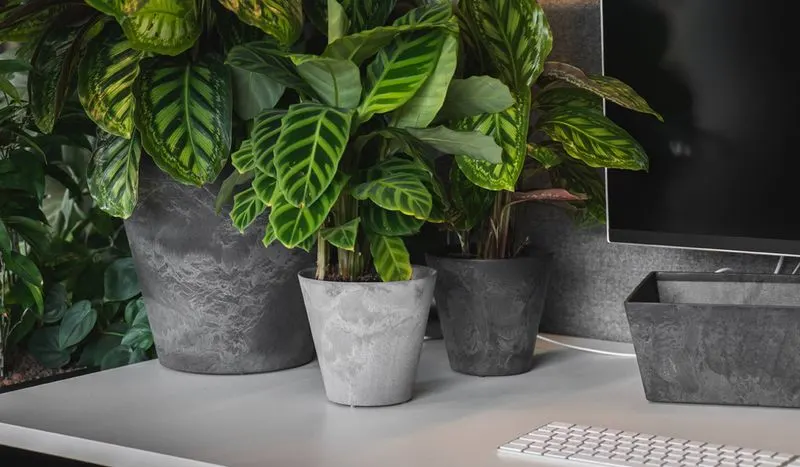
Did you know pot size can affect plant health? A pot that’s too large can lead to over-retention of moisture, while a pot too small may restrict root growth. Both scenarios affect plant health negatively.
Choose a pot that fits your plant’s root system with room to grow. Repotting when roots outgrow their current space can promote healthier growth. Ensure pots have drainage holes to prevent waterlogging, a common issue with oversized containers.
Ignoring Pest Infestations
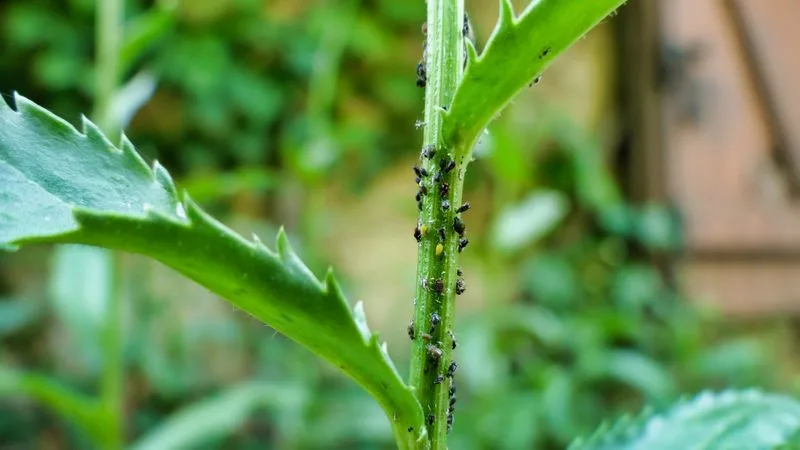
Pests are the stealthy assassins of the plant world. Ignoring them can lead to weakened plants and eventual death. Common pests like aphids, mealybugs, and spider mites suck the life out of plants by feeding on their sap.
Regularly inspect your plants for signs of infestation, such as discolored leaves or sticky residue. Natural remedies like neem oil or insecticidal soap can be effective in controlling these pests without harming your plants. Vigilance is essential in early detection and management.
Improper Fertilization
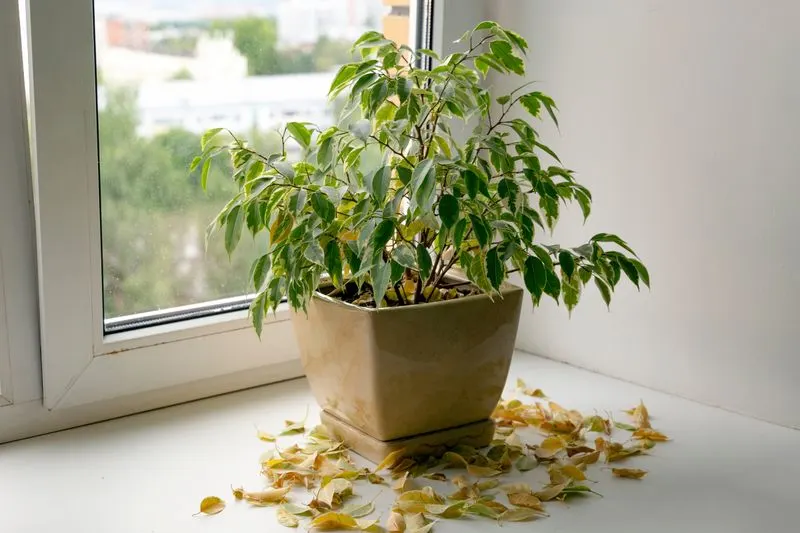
Is your plant not flourishing despite your efforts? Fertilizer might be the missing element. However, improper fertilization can do more harm than good. Over-fertilizing leads to salt buildup, while under-fertilizing deprives plants of essential nutrients.
Always follow the recommended dosage on the fertilizer package and tailor it to your plant’s specific needs. Using a balanced, slow-release fertilizer can help prevent nutrient overload and promote steady, healthy growth.
Lack of Humidity
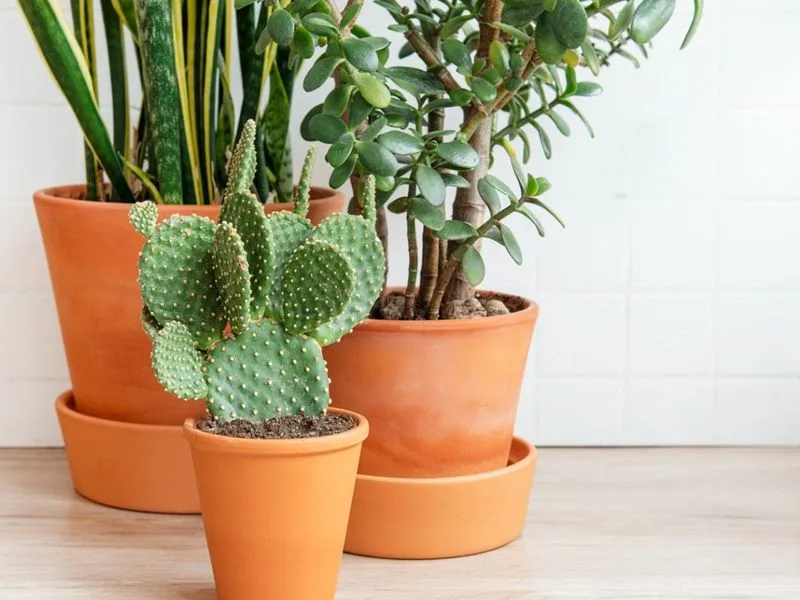
Tropical plants often suffer in dry environments. Lack of humidity causes browning leaf edges and stunted growth. These plants, like orchids and ferns, thrive in humid conditions similar to their native habitats.
To increase humidity, consider grouping plants together or using a humidifier. Mist leaves occasionally or place a tray of water nearby to help maintain adequate moisture levels. Emulating their natural environment can significantly enhance plant health.
Neglecting Seasonal Changes
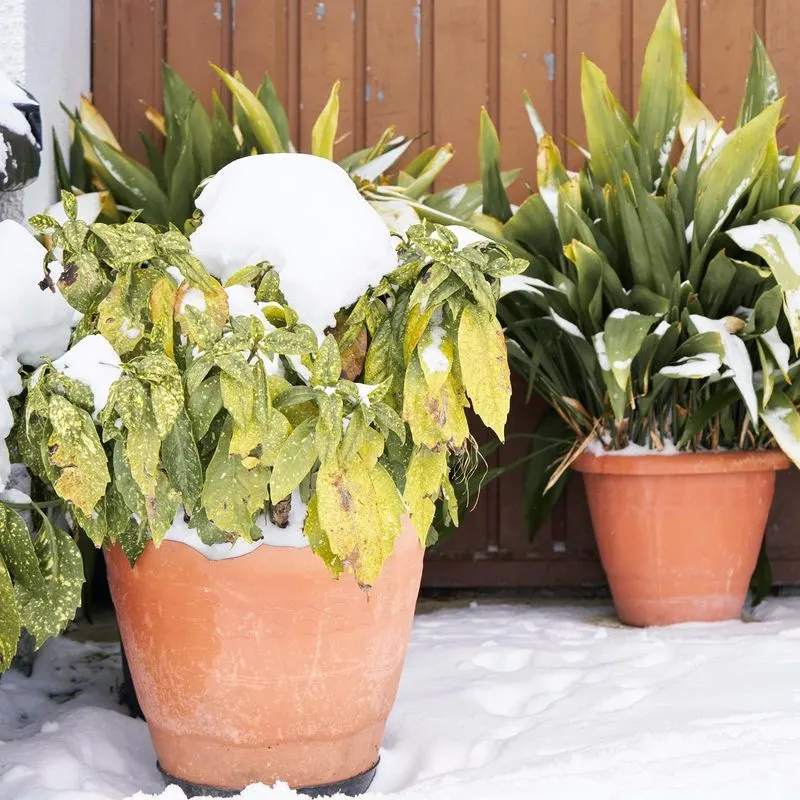
How do your plants react to seasonal shifts? Ignoring these changes can stress plants. Less light in winter or heat in summer requires adjustments in care routines.
Modify watering, lighting, and humidity levels according to the season. For example, reduce watering in winter when growth slows, and increase light exposure if natural light diminishes. Being attentive to seasonal transitions can ensure your plant’s resilience and vitality.
Using Tap Water
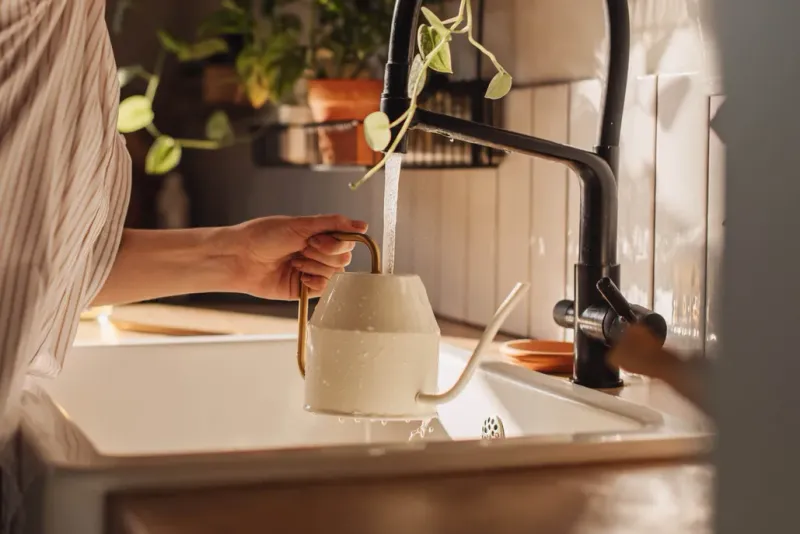
Unfiltered tap water might be harming your plants. Many houseplants are sensitive to the chemicals and minerals found in tap water, leading to leaf discoloration and poor growth over time.
Consider using distilled, rain, or filtered water instead. Letting tap water sit out overnight can also allow some chemicals to dissipate, making it safer for your plants. Adjusting your watering source could be a simple yet effective step in promoting healthier foliage.
Inadequate Pruning
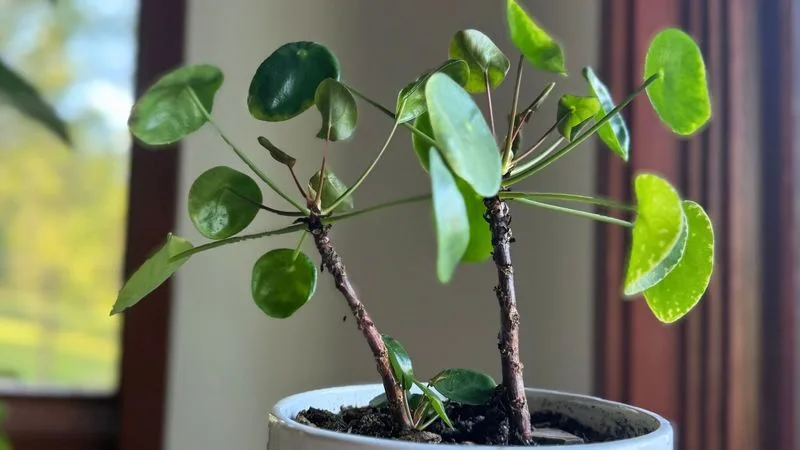
Overgrown plants might seem lush, but they’re often unhealthy. Failing to prune can lead to poor air circulation, pest infestations, and reduced growth. Pruning promotes new growth by removing dead or diseased material.
Regular trimming encourages a more manageable size and shape, keeping your plants vibrant. Use clean, sharp tools to make precise cuts, ensuring the plant’s vitality isn’t compromised. Pruning is an art, one that can drastically enhance plant health.
Placing Plants Near Heat Sources
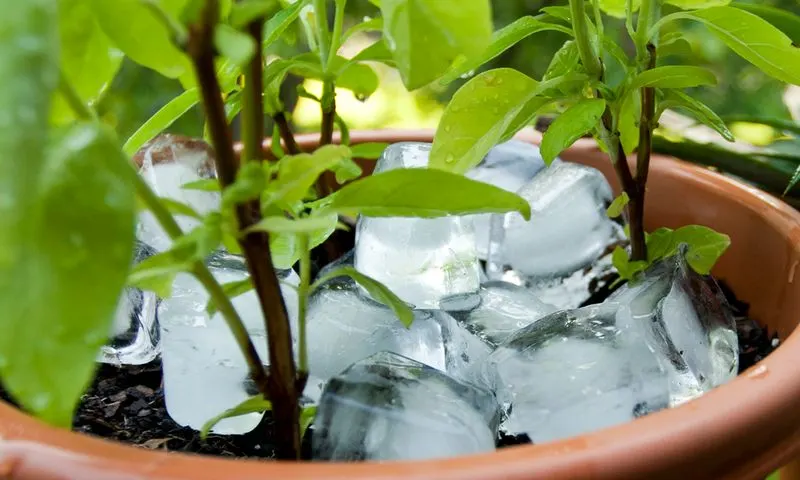
Heat sources like radiators and vents can be unforgiving to houseplants. The dry, warm air they produce can quickly dehydrate plants, causing wilting and brown edges. Certain plants are more susceptible to these conditions, requiring moist, cool environments instead.
Keep plants at a safe distance from direct heat sources. Adjusting their location can prevent unnecessary stress and damage. Think of your plant’s comfort and resilience when positioning them indoors.
Ignoring Air Circulation
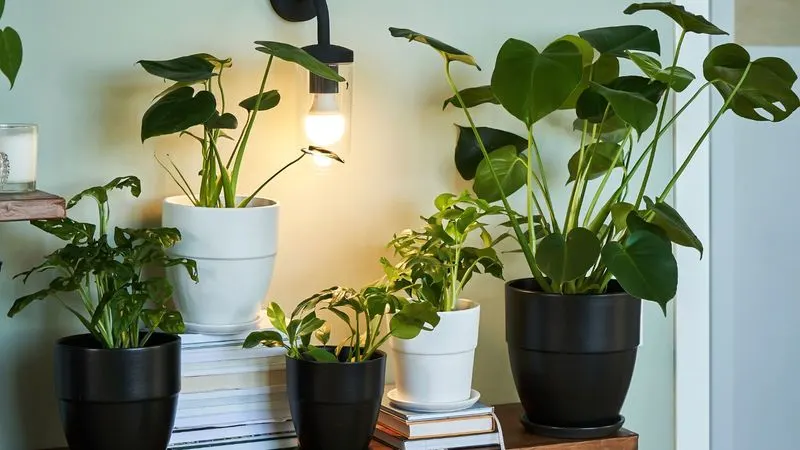
Stagnant air can be detrimental to plant health. Without proper air circulation, plants are prone to mold, mildew, and pest infestations. Good airflow helps maintain healthy leaves and prevents disease.
To improve air circulation, space plants appropriately or use a small fan to simulate a natural breeze. This ensures your plants breathe easily and remain robust. Fresh air is as vital to plants as water and sunlight.
Planting in the Wrong Location
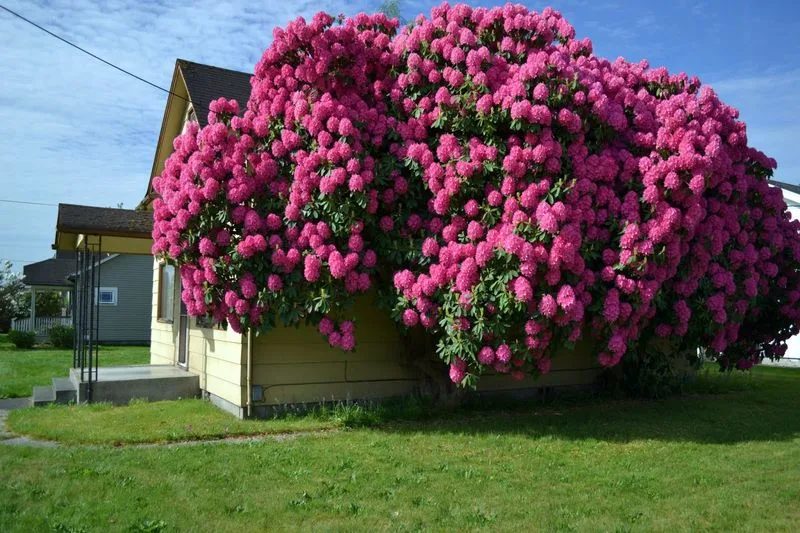
Location is everything for plants. The wrong spot can mean too much sun or too little, leading to stress and damage. For instance, a shade-loving plant will scorch in direct sunlight, while sun-loving varieties languish in dim corners.
Assess each plant’s needs before choosing its location. Moving a plant to a more suitable environment can make a dramatic difference in health and growth. Consider factors like light and temperature when deciding on placement.
Ignoring Plant Diversity Needs
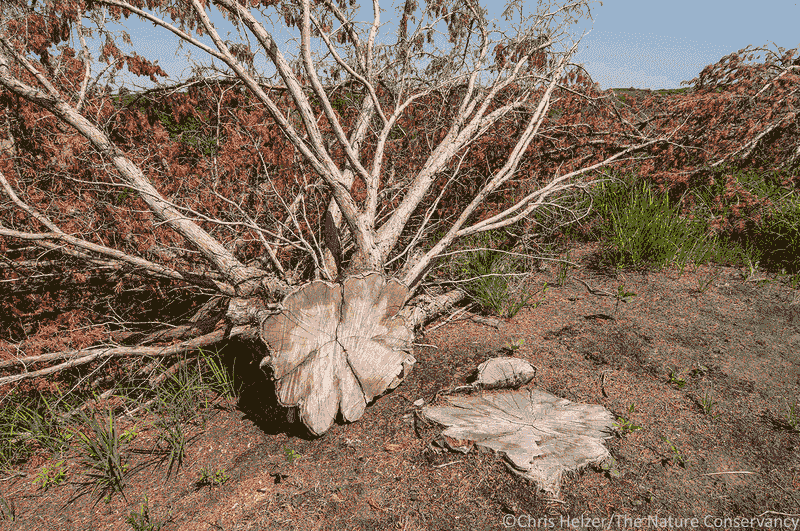
Diverse plant species have different requirements. Mixing incompatible plants in a single pot can lead to competition for resources, where one thrives and others suffer.
Understanding each plant’s unique needs, from soil type to watering frequency, can prevent this issue. When combining plants, choose those with similar care requirements. This harmony ensures all inhabitants flourish without the struggle for dominance.

